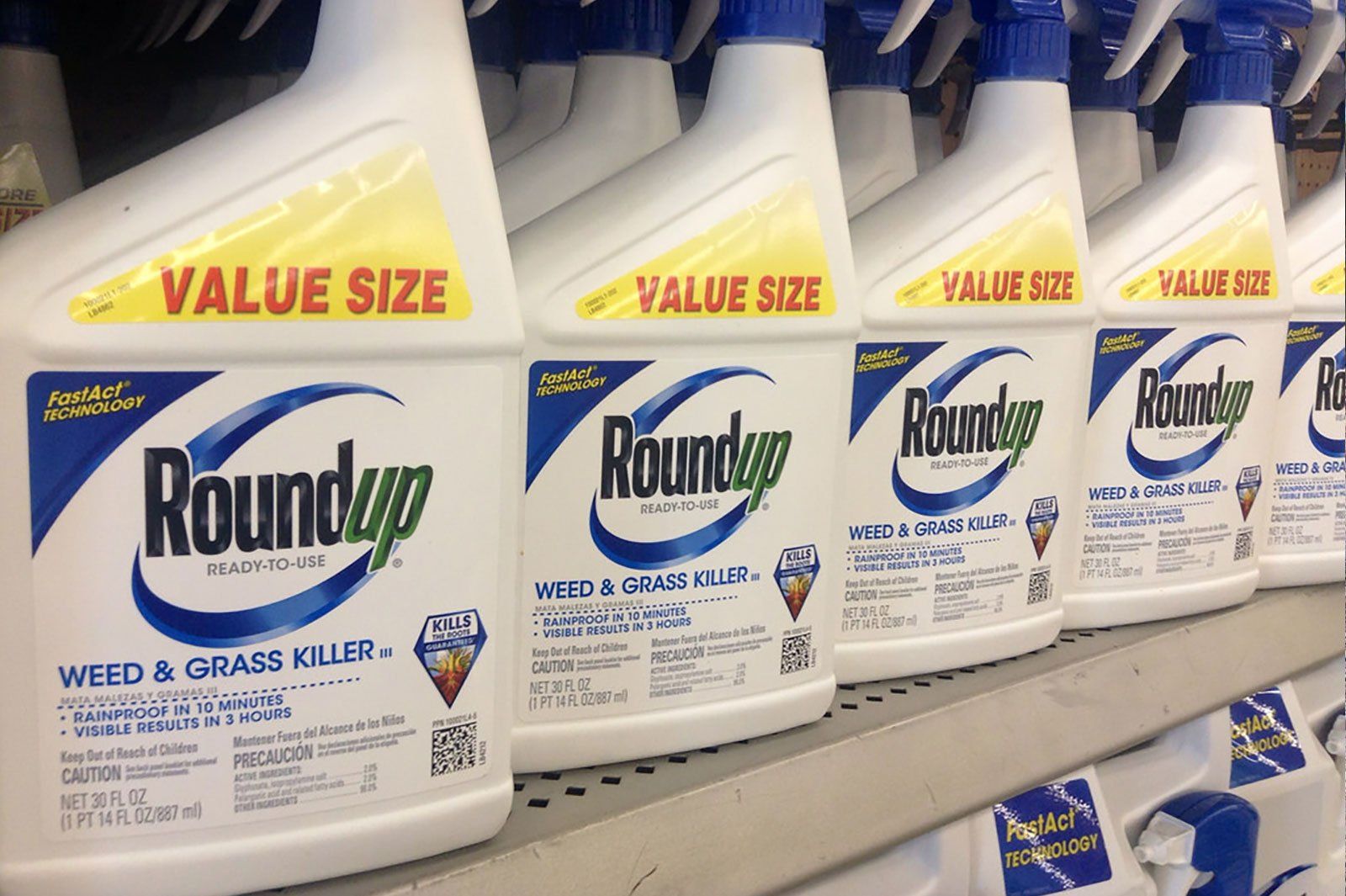1MG FlippingBooks
Peak bodies push back against glyphosate debate
Common weed killer RoundUp is sparking debate again, after an ABC Four Corners broadcast made the claim that RoundUp’s active ingredient glyphosate may contribute to cancer. Agricultural peak bodies have responded by calling for the debate to be based on the informed scientific evidence that suggests glyphosate-based products are safe.
Titled ‘The Monsanto Papers’ and broadcast on Monday night, the Four Corners episode centred around the alleged cover up of evidence linking the usage of glyphosate and the onset of cancer by RoundUp manufacturer Monsanto.
“Monsanto has engaged in a systematic and deliberate campaign to attack any science that says their product is not safe and to attack any scientist that has the courage to say something,” one lawyer remarks.
This follows a landmark US court case in August, where Monsanto was ordered to pay US$289 million in compensation to former school groundskeeper DeWayne Johnson. Johnson was diagnosed with terminal cancer (non-Hodgkin lymphoma) at age 42 in 2014, and accused the company of knowingly withholding information of the dangers of the weed killer. He is one amongst thousands of people currently suing the agrochemical giant.
Glyphosate is the active ingredient in leading weed killer RoundUp, and is used commonly by families, farmers and gardeners across the globe. It is an important tool that allows allows farmers to manage weeds and improve crop protection, without which over two thirds of Australia’s crop production – totalling $20.6 billion – would be lost. The weed killer also reduces the need for farmers to till and plough the soil, decreasing greenhouse gas emissions while maintaining soil health and moisture.
Glyphosate was first approved for use by the Australian Pesticides and Veterinary Medicines Authority (APVMA) in 1974. It has since been the subject of over 800 scientific studies and reviews that have found no causal links between glyphosate usage and cancer, including an in-depth scientific assessment led by the APVMA in 2016.
As such, the National Farmers’ Federation (NFF) and Grain Producers Australia are pushing back against calls for further reviews. They state that the claims put forth by the Four Corners report – and the subsequent public alarm – are hinged on opinion rather than established scientific fact and evidence.
In her response to ‘The Monsanto Papers’, president of the NFF Fiona Simson expresses that the scientific evidence supporting glyphosate’s safety is overwhelming.
“There is simply no alternative, that is as safe and as effective as glyphosate, for these purposes,” Ms. Simson said. “It is essential we trust the science and preserve safe, effective tools such as glyphosate, that protect our environment and allow us to grow the produce we need to feed an increasingly hungry world.”
Minister for Agriculture and Water Resources, David Littleproud, also issued a statement backing the APVMA.
“The weight of the objective scientific evidence shows when used in accordance with label instructions, glyphosate can be used safely,” he said.

















